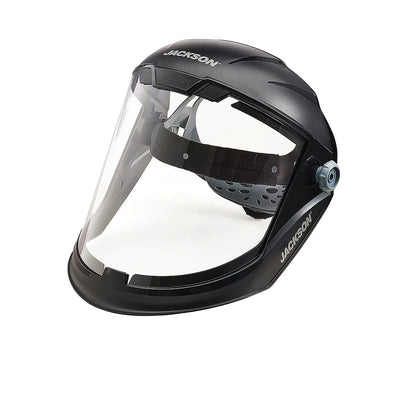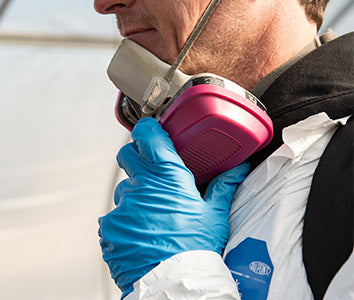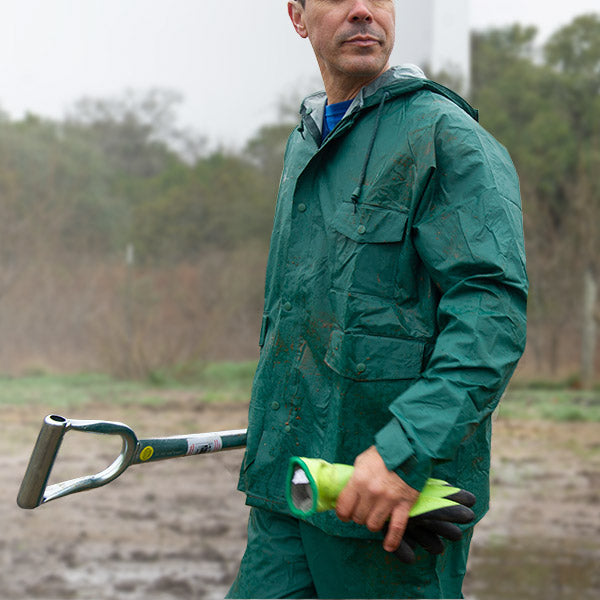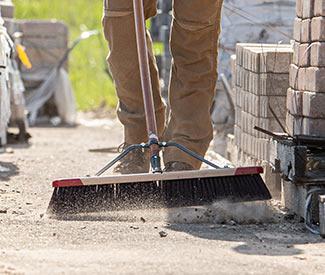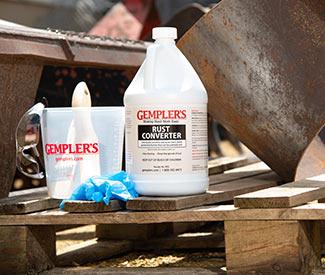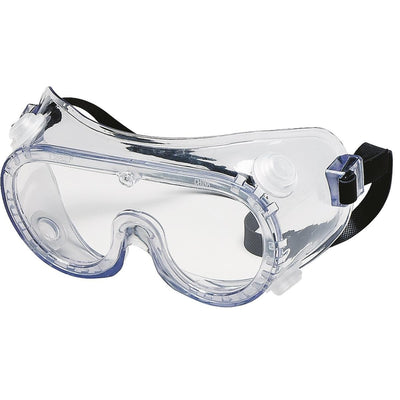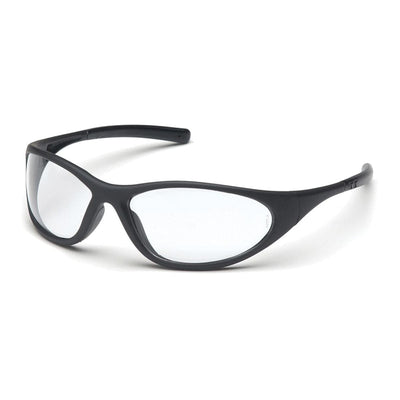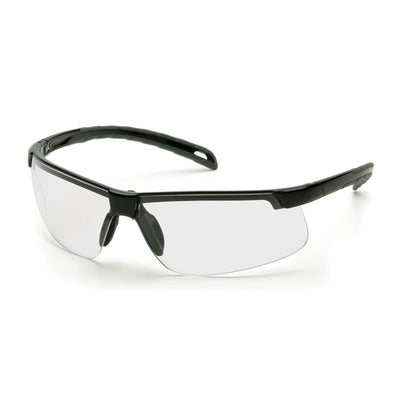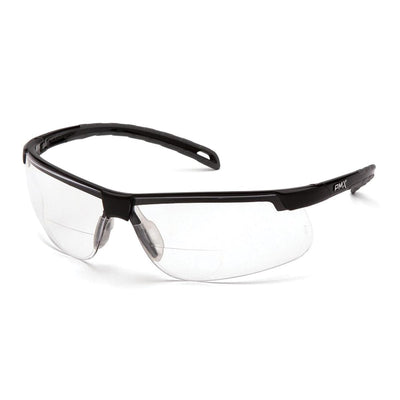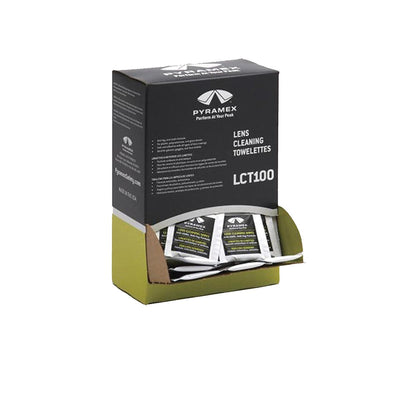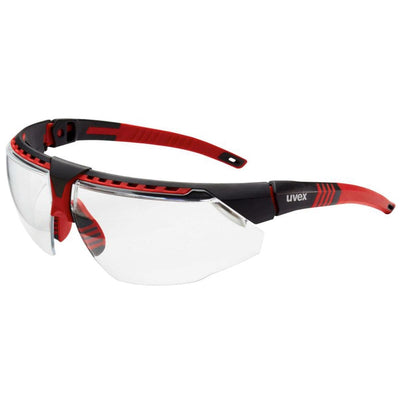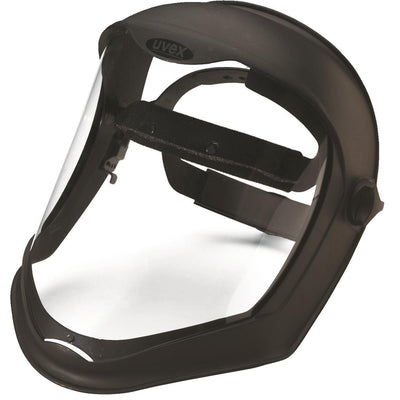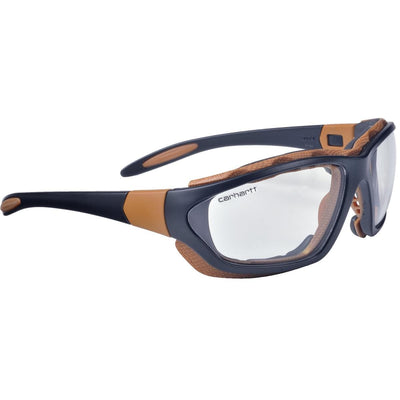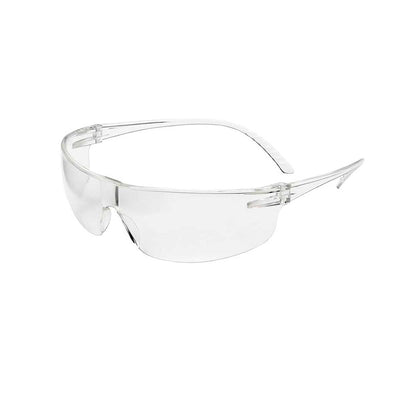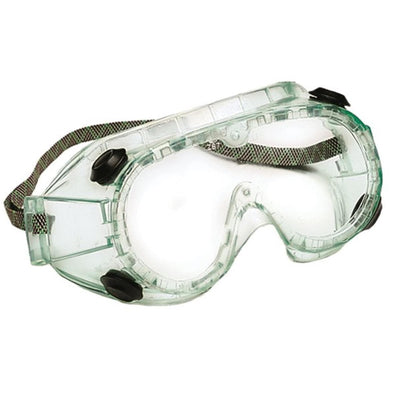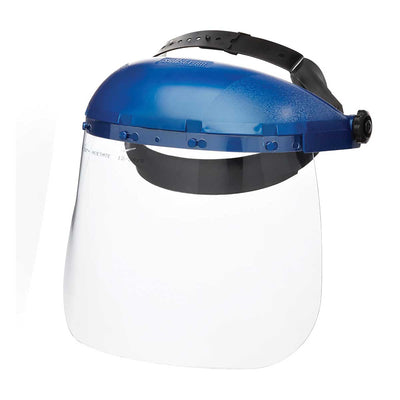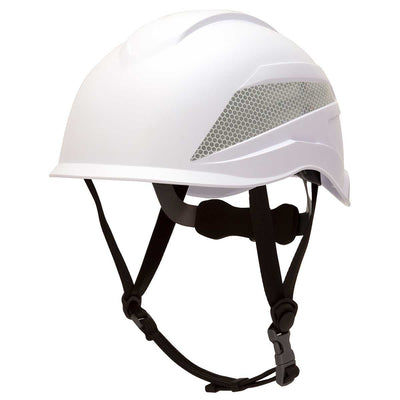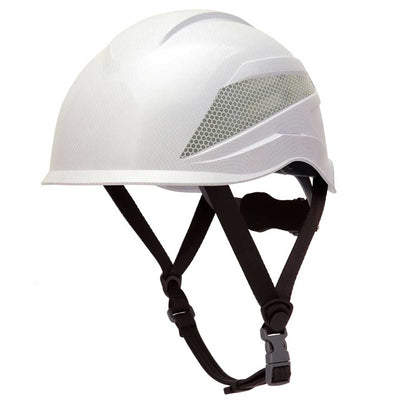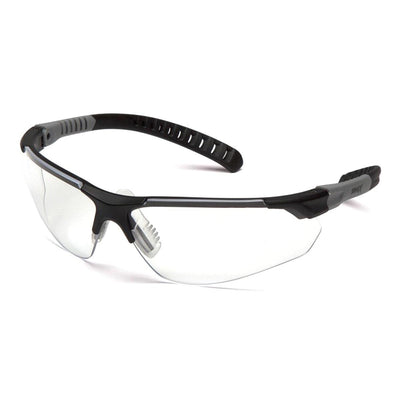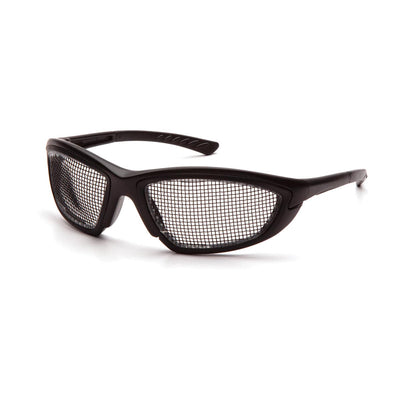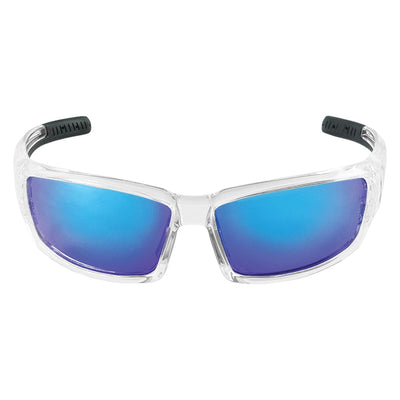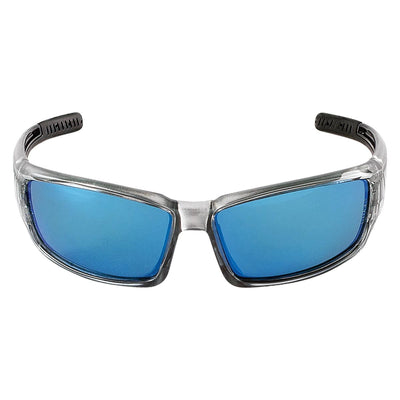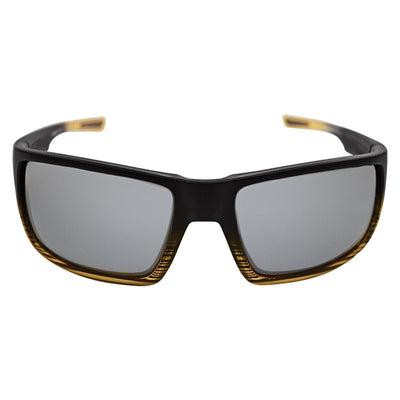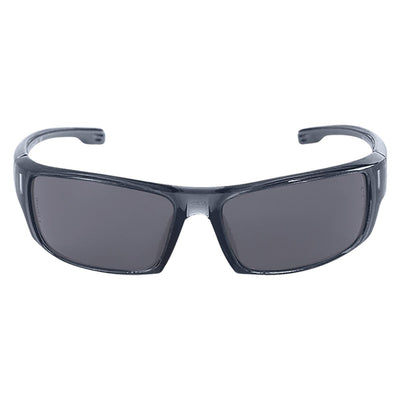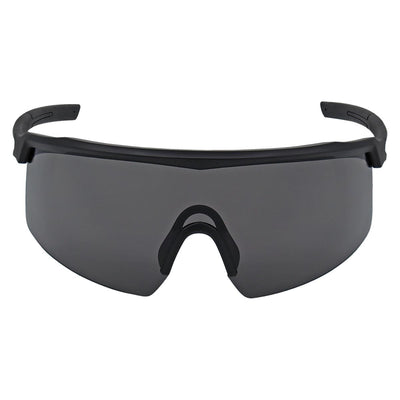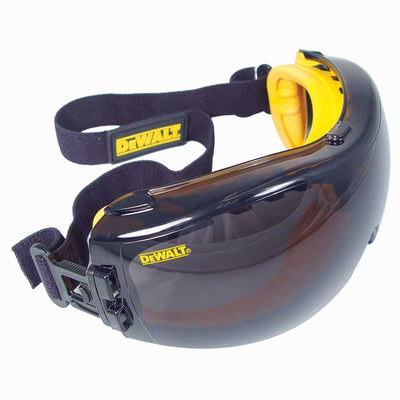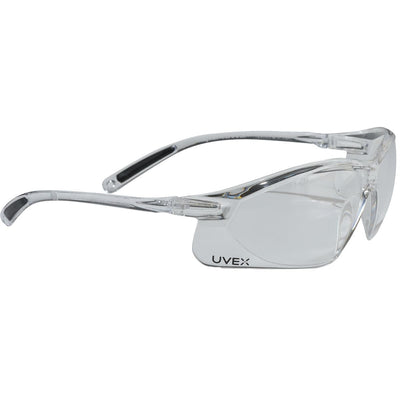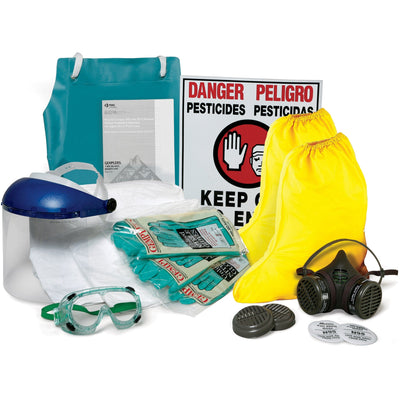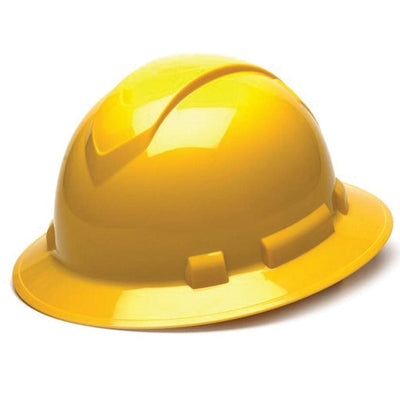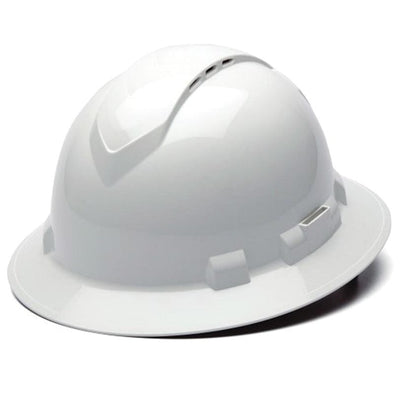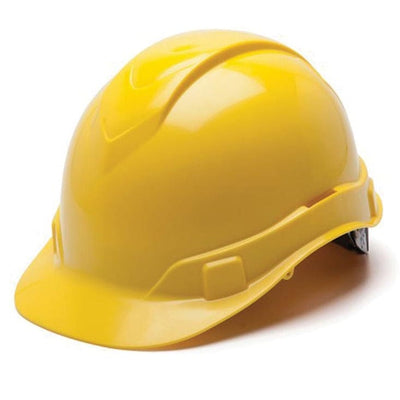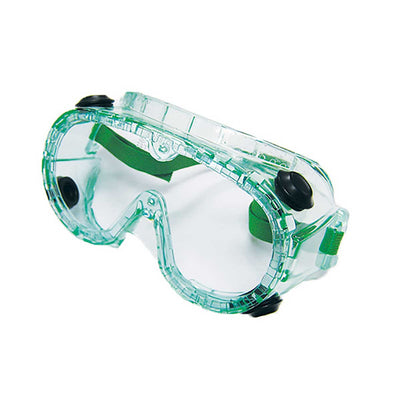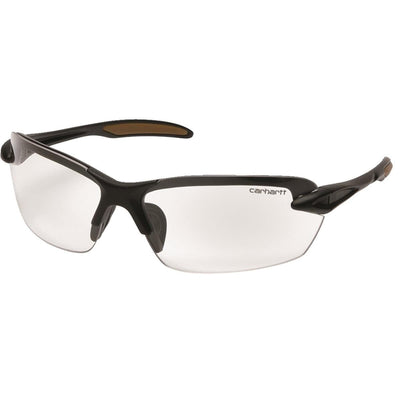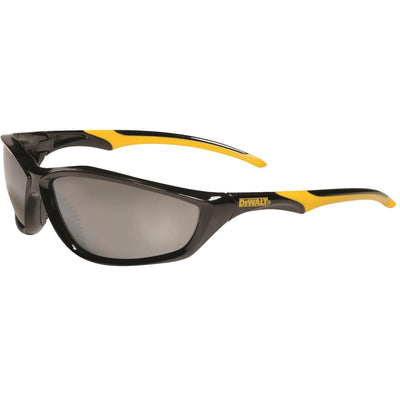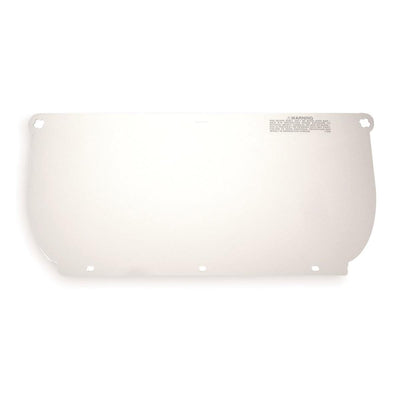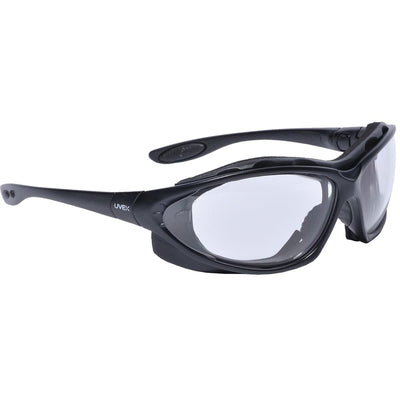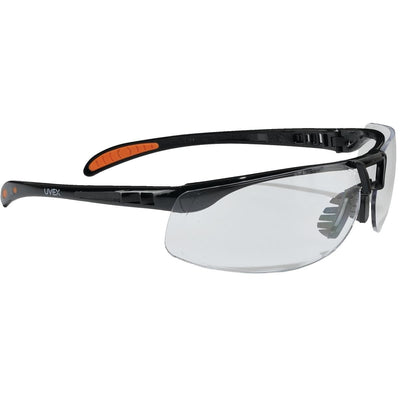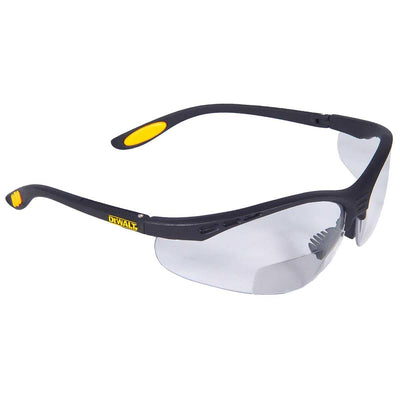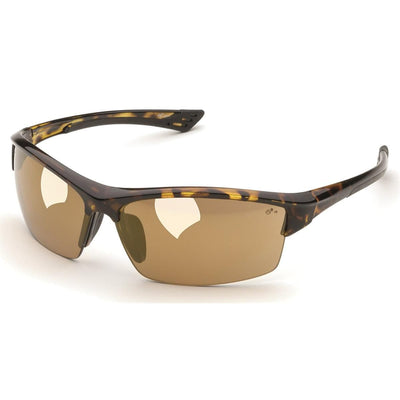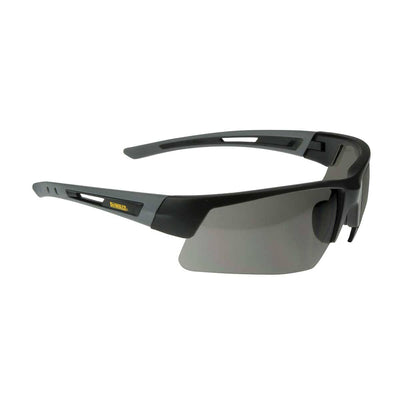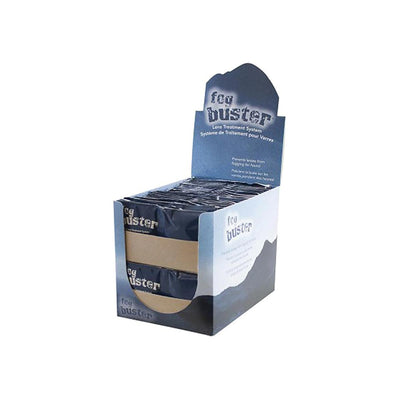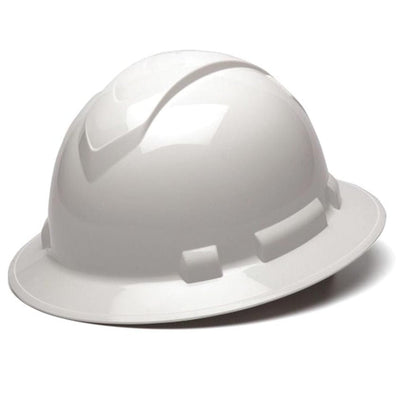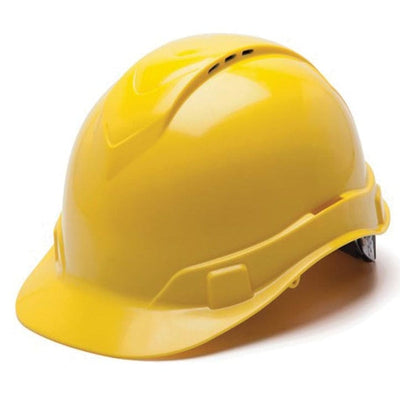Work Safely with Portable Power Tools
Here are some key points.
- Carefully inspect power tools, cords and accessories before each use.
- Always wear personal protective equipment, including shielded safety glasses or goggles.
- Be sure your power tools are double insulated or grounded.
Power tools can be dangerous
- Hand-held power tools are lightweight, portable and convenient to use. Because of that, it’s easy to forget that they’re dangerous.
- Unsafe use of power tools can result in:
- electrical shock
- fires or explosions
- severe cuts, puncture wounds, or injuries from flying debris
- It’s important to understand how your tool works and how to prevent accidents.
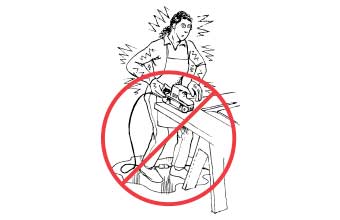
Unsafe use of power tools can result in:
- electrical shock
- fires or explosions
- severe cuts, puncture wounds, or injuries from flying debris

Always wear long pants and a long-sleeved shirt when working with power tools. Don’t wear loose clothing.
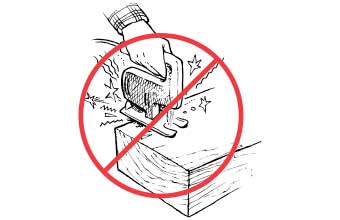
Don’t use a small tool for a big job.
Before you start work with a tool
- Sanders, drills, saws, grinders and other power tools come with written instructions. Look those over before you plug in the tool. See your supervisor if you have any questions.
- Be sure your work area is clean. Oily rags, sawdust, papers and other clutter can easily be ignited by sparks or heat.
- Don’t use power tools if your work area is wet or damp or if you are outside in the rain. Operating a power tool with wet hands or while standing in water can result in electrical shock.
- Make sure the tool is turned off and unplugged from the power supply before you inspect it or install bits or blades.
- Carefully inspect the tool, its cord and any accessories before each use. Look for dirt, rust, dull blades, loose parts, malfunctioning switches, defective insulation or any other damage. Don’t use the tool if it needs repair. Report any problems to your supervisor.
Wear the right protective equipment
- Always wear long pants and a long-sleeved shirt when working with power tools. Don’t wear loose clothing.
- Tie back long hair, and remove any jewelry.
- Wear sturdy shoes with nonskid soles.
- Protect your hands, eyes, face and lungs. Wear:
- sturdy gloves
- shielded safety glasses or goggles
- a dust/mist respirator
- A face shield may be recommended where there is a risk of flying particles.
- Earplugs or earmuffs will also help protect you from loud noise.
- Different tools may have different requirements, so be sure to check the manual. Ask your supervisor if you are uncertain which protective equipment to wear.
- This is some of the protective equipment we use here.
Some important safety tips
- Be sure your power tools are double insulated or grounded. Plug a three-pronged, grounding type of plug into a three-pronged outlet.
- If you must use an extension cord, use a heavy-duty cord. Use a weatherproof extension cord outside.
- Use the proper tool for the job. Never force a small tool to do a job that requires a heavy-duty tool.
- Keep guards and other safety devices in place.
- Remove adjusting keys and wrenches from the tool before plugging it in.
- Don’t use power tools in areas with chemicals or other flammable liquids.
- Turn off your tool and unplug it before changing a bit, blade or other part. And unplug it when you finish the job.
Power Tool Safety Do’s and Don’ts
Do
- Follow all written instructions and warnings.
- Immediately turn off and unplug any tool that sparks, overheats or causes an electrical shock.
- Keep power tools clean, sharp and in good operating condition.
- Use a power tool without wearing appropriate personal protective equipment.
- Overreach or use a power tool while standing on a ladder. Plant your feet firmly on the floor.
- Try to fix a defective power tool yourself.
When you’re ready to work safely, you’re ready to work. See our full line of safety supplies, including respirators, eye and ear protection, coveralls, first aid and more.
Eye & Head Protection
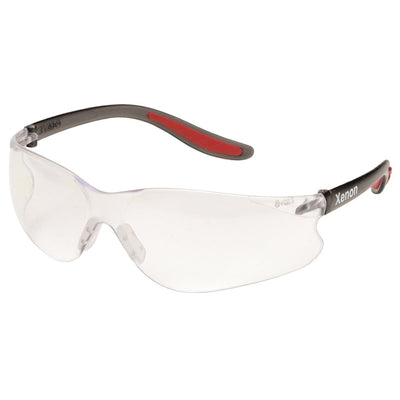
Elvex Xenon Safety Glasses
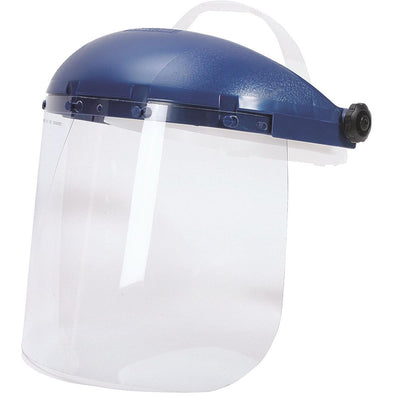
25% OFF
Sellstrom Face Shield with Pin-Lock Suspension
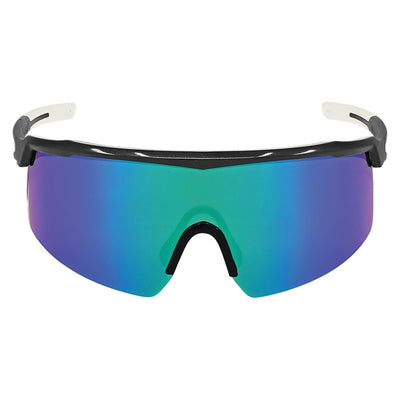
Whipray PFT Anti-Fog Glasses
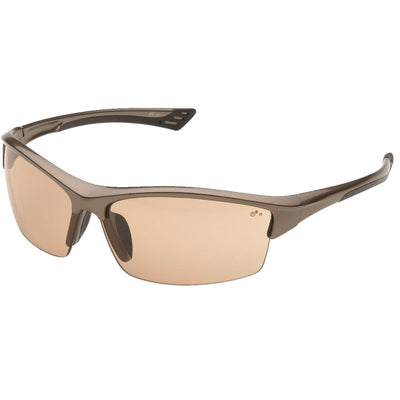
Sonoma™ Light Brown Safety Glasses
